Answered step by step
Verified Expert Solution
Question
1 Approved Answer
What is unique about how the courts are titled as compared to most other state courts in the country? In the context of the
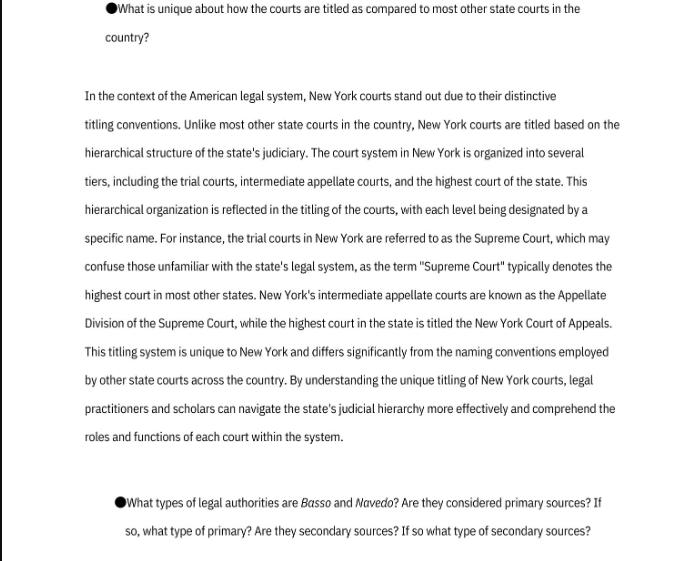
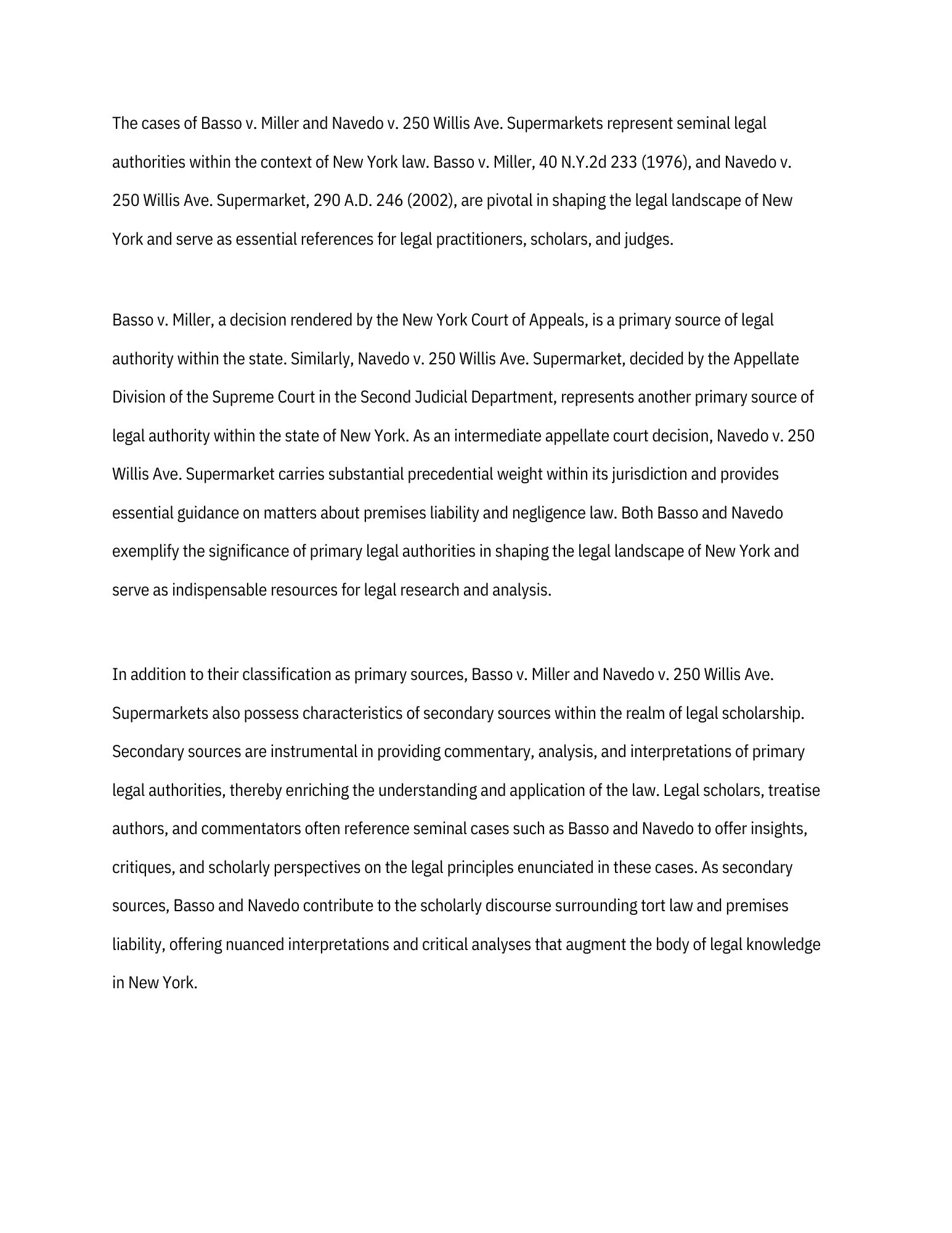
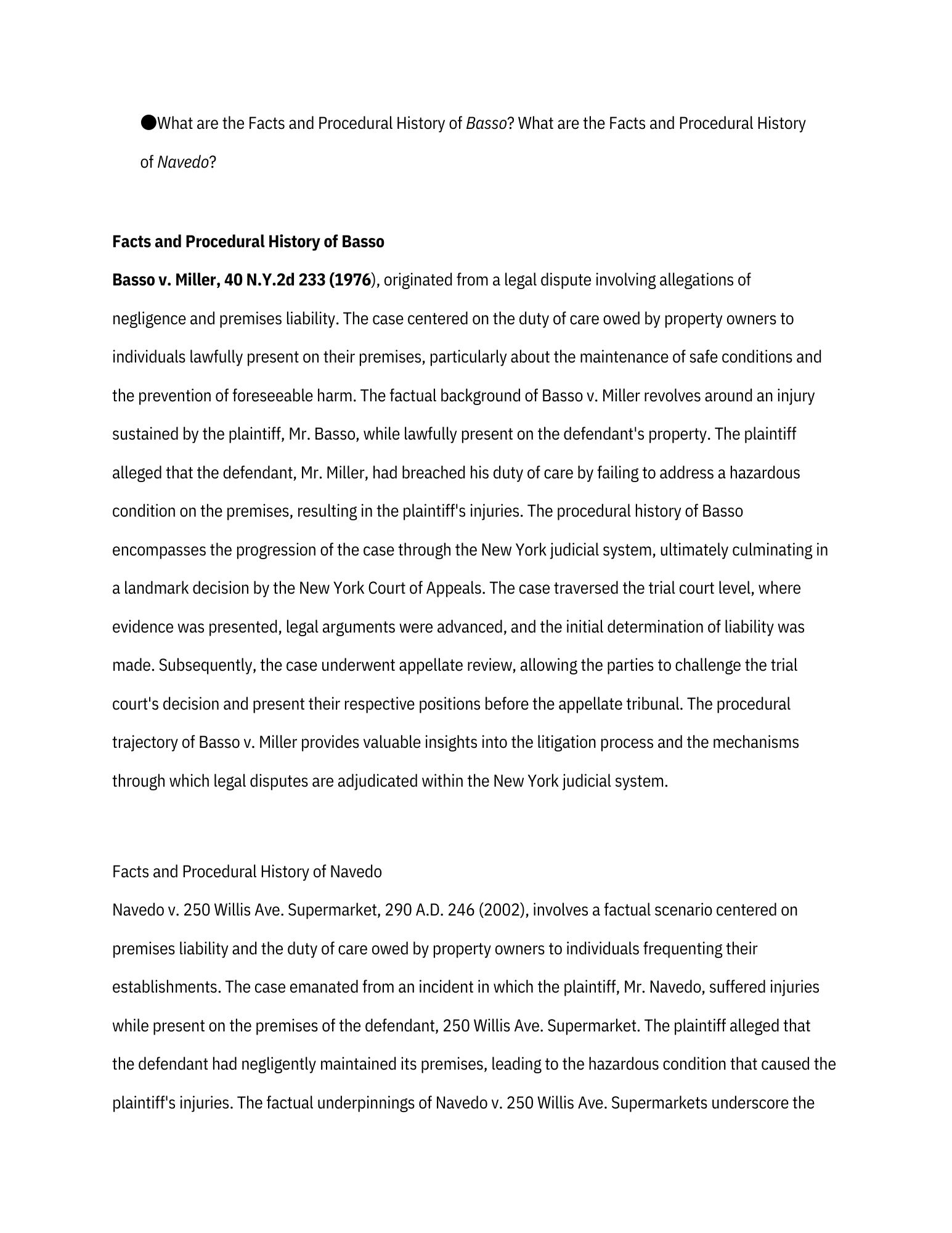
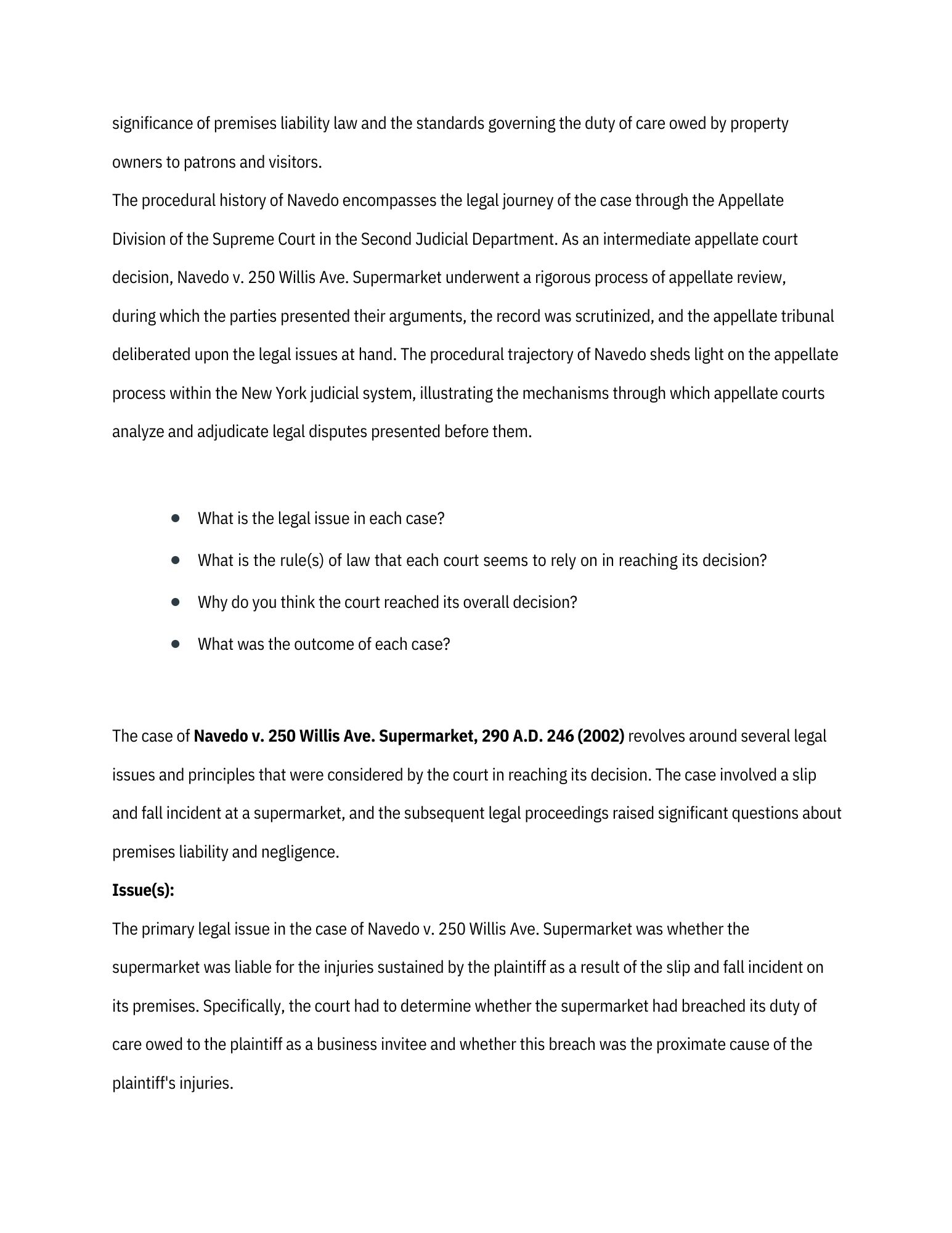

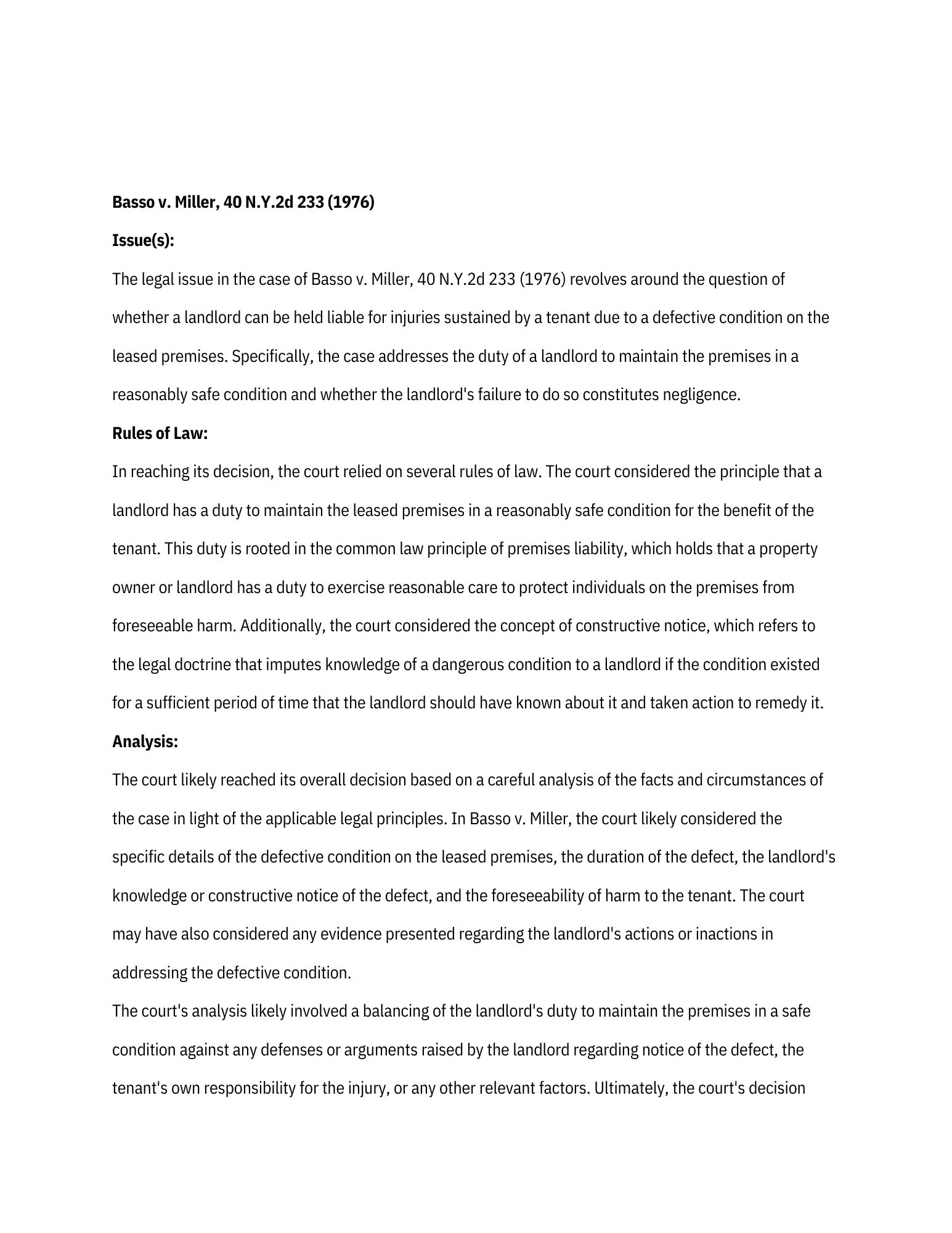

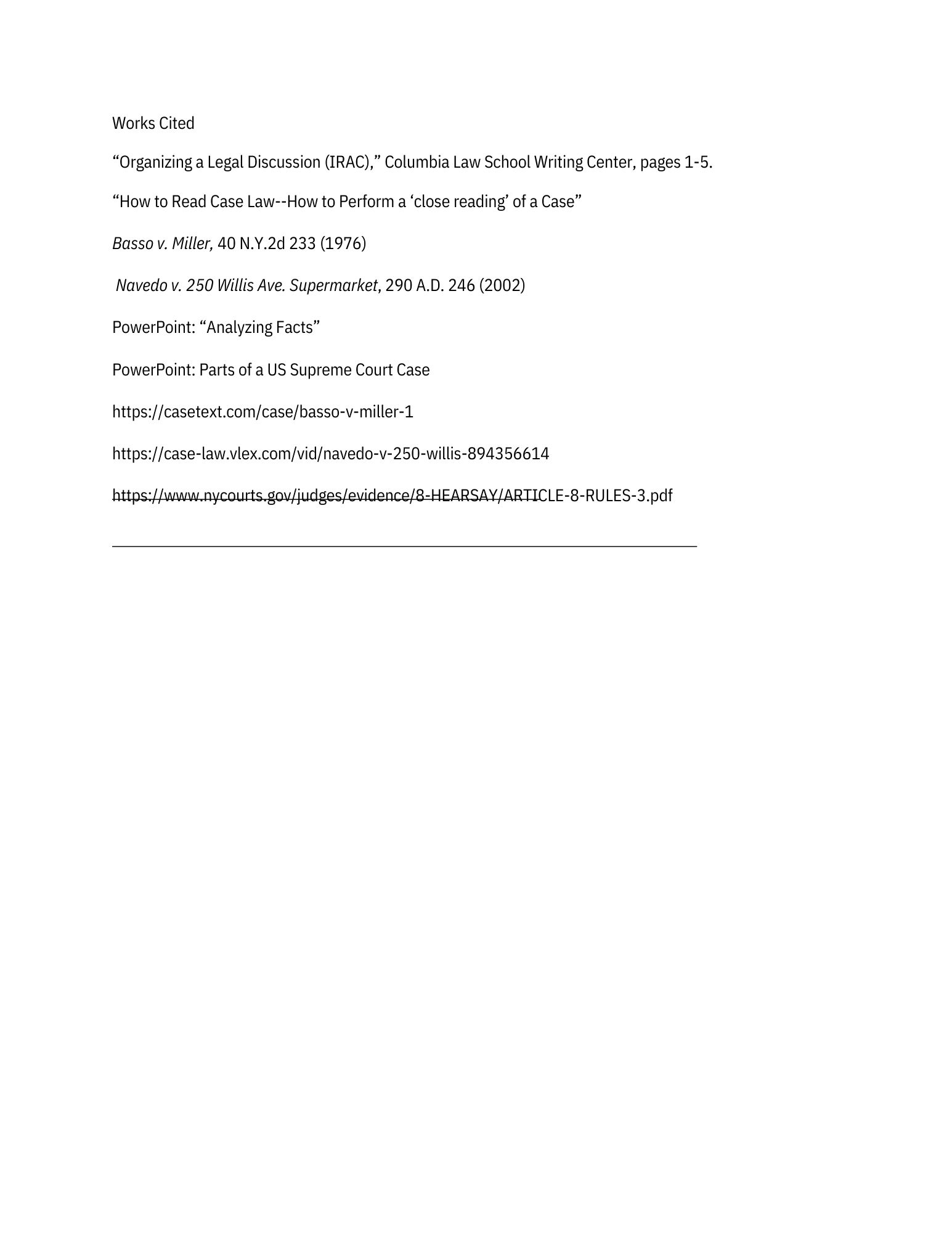
What is unique about how the courts are titled as compared to most other state courts in the country? In the context of the American legal system, New York courts stand out due to their distinctive titling conventions. Unlike most other state courts in the country, New York courts are titled based on the hierarchical structure of the state's judiciary. The court system in New York is organized into several tiers, including the trial courts, intermediate appellate courts, and the highest court of the state. This hierarchical organization is reflected in the titling of the courts, with each level being designated by a specific name. For instance, the trial courts in New York are referred to as the Supreme Court, which may confuse those unfamiliar with the state's legal system, as the term "Supreme Court" typically denotes the highest court in most other states. New York's intermediate appellate courts are known as the Appellate Division of the Supreme Court, while the highest court in the state is titled the New York Court of Appeals. This titling system is unique to New York and differs significantly from the naming conventions employed by other state courts across the country. By understanding the unique titling of New York courts, legal practitioners and scholars can navigate the state's judicial hierarchy more effectively and comprehend the roles and functions of each court within the system. What types of legal authorities are Basso and Navedo? Are they considered primary sources? If so, what type of primary? Are they secondary sources? If so what type of secondary sources? The cases of Basso v. Miller and Navedo v. 250 Willis Ave. Supermarkets represent seminal legal authorities within the context of New York law. Basso v. Miller, 40 N.Y.2d 233 (1976), and Navedo v. 250 Willis Ave. Supermarket, 290 A.D. 246 (2002), are pivotal in shaping the legal landscape of New York and serve as essential references for legal practitioners, scholars, and judges. Basso v. Miller, a decision rendered by the New York Court of Appeals, is a primary source of legal authority within the state. Similarly, Navedo v. 250 Willis Ave. Supermarket, decided by the Appellate Division of the Supreme Court in the Second Judicial Department, represents another primary source of legal authority within the state of New York. As an intermediate appellate court decision, Navedo v. 250 Willis Ave. Supermarket carries substantial precedential weight within its jurisdiction and provides essential guidance on matters about premises liability and negligence law. Both Basso and Navedo exemplify the significance of primary legal authorities in shaping the legal landscape of New York and serve as indispensable resources for legal research and analysis. In addition to their classification as primary sources, Basso v. Miller and Navedo v. 250 Willis Ave. Supermarkets also possess characteristics of secondary sources within the realm of legal scholarship. Secondary sources are instrumental in providing commentary, analysis, and interpretations of primary legal authorities, thereby enriching the understanding and application of the law. Legal scholars, treatise authors, and commentators often reference seminal cases such as Basso and Navedo to offer insights, critiques, and scholarly perspectives on the legal principles enunciated in these cases. As secondary sources, Basso and Navedo contribute to the scholarly discourse surrounding tort law and premises liability, offering nuanced interpretations and critical analyses that augment the body of legal knowledge in New York. What are the Facts and Procedural History of Basso? What are the Facts and Procedural History of Navedo? Facts and Procedural History of Basso Basso v. Miller, 40 N.Y.2d 233 (1976), originated from a legal dispute involving allegations of negligence and premises liability. The case centered on the duty of care owed by property owners to individuals lawfully present on their premises, particularly about the maintenance of safe conditions and the prevention of foreseeable harm. The factual background of Basso v. Miller revolves around an injury sustained by the plaintiff, Mr. Basso, while lawfully present on the defendant's property. The plaintiff alleged that the defendant, Mr. Miller, had breached his duty of care by failing to address a hazardous condition on the premises, resulting in the plaintiff's injuries. The procedural history of Basso encompasses the progression of the case through the New York judicial system, ultimately culminating in a landmark decision by the New York Court of Appeals. The case traversed the trial court level, where evidence was presented, legal arguments were advanced, and the initial determination of liability was made. Subsequently, the case underwent appellate review, allowing the parties to challenge the trial court's decision and present their respective positions before the appellate tribunal. The procedural trajectory of Basso v. Miller provides valuable insights into the litigation process and the mechanisms through which legal disputes are adjudicated within the New York judicial system. Facts and Procedural History of Navedo Navedo v. 250 Willis Ave. Supermarket, 290 A.D. 246 (2002), involves a factual scenario centered on premises liability and the duty of care owed by property owners to individuals frequenting their establishments. The case emanated from an incident in which the plaintiff, Mr. Navedo, suffered injuries while present on the premises of the defendant, 250 Willis Ave. Supermarket. The plaintiff alleged that the defendant had negligently maintained its premises, leading to the hazardous condition that caused the plaintiff's injuries. The factual underpinnings of Navedo v. 250 Willis Ave. Supermarkets underscore the significance of premises liability law and the standards governing the duty of care owed by property owners to patrons and visitors. The procedural history of Navedo encompasses the legal journey of the case through the Appellate Division of the Supreme Court in the Second Judicial Department. As an intermediate appellate court decision, Navedo v. 250 Willis Ave. Supermarket underwent a rigorous process of appellate review, during which the parties presented their arguments, the record was scrutinized, and the appellate tribunal deliberated upon the legal issues at hand. The procedural trajectory of Navedo sheds light on the appellate process within the New York judicial system, illustrating the mechanisms through which appellate courts analyze and adjudicate legal disputes presented before them. What is the legal issue in each case? What is the rule(s) of law that each court seems to rely on in reaching its decision? Why do you think the court reached its overall decision? What was the outcome of each case? The case of Navedo v. 250 Willis Ave. Supermarket, 290 A.D. 246 (2002) revolves around several legal issues and principles that were considered by the court in reaching its decision. The case involved a slip and fall incident at a supermarket, and the subsequent legal proceedings raised significant questions about premises liability and negligence. Issue(s): The primary legal issue in the case of Navedo v. 250 Willis Ave. Supermarket was whether the supermarket was liable for the injuries sustained by the plaintiff as a result of the slip and fall incident on its premises. Specifically, the court had to determine whether the supermarket had breached its duty of care owed to the plaintiff as a business invitee and whether this breach was the proximate cause of the plaintiff's injuries. Rules of Law: In reaching its decision, the court relied on established principles of premises liability and negligence law. Under premises liability, property owners and occupiers owe a duty of care to individuals who are invited onto their premises for business purposes. This duty requires the property owner to maintain the premises in a reasonably safe condition and to warn of any known hazards that may pose a risk of harm to invitees. Furthermore, negligence law dictates that a party may be held liable for injuries if they breach their duty of care, and this breach is the proximate cause of the injuries sustained by the plaintiff. Analysis: The court likely reached its overall decision by carefully considering the evidence presented regarding the condition of the supermarket premises at the time of the incident, the actions taken by the supermarket to maintain safety, and any potential negligence on their part. Additionally, the court would have analyzed the conduct of the plaintiff to determine if there were any contributing factors to the incident. By weighing these factors against the established legal principles, the court arrived at its decision regarding the liability of the supermarket. Conclusion: The outcome of the case was the court's decision regarding the liability of the supermarket for the plaintiff's injuries. The court's ruling would have determined whether the supermarket was found negligent in its duty of care and whether this negligence was the proximate cause of the plaintiff's injuries. The specific outcome of the case, whether in favor of the plaintiff or the defendant, would have been based on the court's application of the relevant legal principles to the facts and circumstances of the case. In conclusion, the case of Navedo v. 250 Willis Ave. Supermarket, 290 A.D. 246 (2002) involved complex legal issues related to premises liability and negligence. The court's decision would have been based on a thorough analysis of the evidence and the application of established rules of law to determine the liability of the supermarket in the slip and fall incident. Basso v. Miller, 40 N.Y.2d 233 (1976) Issue(s): The legal issue in the case of Basso v. Miller, 40 N.Y.2d 233 (1976) revolves around the question of whether a landlord can be held liable for injuries sustained by a tenant due to a defective condition on the leased premises. Specifically, the case addresses the duty of a landlord to maintain the premises in a reasonably safe condition and whether the landlord's failure to do so constitutes negligence. Rules of Law: In reaching its decision, the court relied on several rules of law. The court considered the principle that a landlord has a duty to maintain the leased premises in a reasonably safe condition for the benefit of the tenant. This duty is rooted in the common law principle of premises liability, which holds that a property owner or landlord has a duty to exercise reasonable care to protect individuals on the premises from foreseeable harm. Additionally, the court considered the concept of constructive notice, which refers to the legal doctrine that imputes knowledge of a dangerous condition to a landlord if the condition existed for a sufficient period of time that the landlord should have known about it and taken action to remedy it. Analysis: The court likely reached its overall decision based on a careful analysis of the facts and circumstances of the case in light of the applicable legal principles. In Basso v. Miller, the court likely considered the specific details of the defective condition on the leased premises, the duration of the defect, the landlord's knowledge or constructive notice of the defect, and the foreseeability of harm to the tenant. The court may have also considered any evidence presented regarding the landlord's actions or inactions in addressing the defective condition. The court's analysis likely involved a balancing of the landlord's duty to maintain the premises in a safe condition against any defenses or arguments raised by the landlord regarding notice of the defect, the tenant's own responsibility for the injury, or any other relevant factors. Ultimately, the court's decision likely hinged on whether the landlord's actions or inactions constituted a breach of the duty of care owed to the tenant and whether this breach was a proximate cause of the tenant's injuries. Conclusion: The outcome of Basso v. Miller, 40 N.Y.2d 233 (1976) was that the court held the landlord liable for the tenant's injuries, finding that the landlord had breached the duty to maintain the premises in a reasonably safe condition. The court likely based its decision on the determination that the landlord had constructive notice of the defective condition and failed to take appropriate action to remedy it, thereby exposing the tenant to foreseeable harm. As a result, the court may have awarded damages to the injured tenant based on the landlord's negligence. In conclusion, Basso v. Miller, 40 N.Y.2d 233 (1976) illustrates the legal principles surrounding a landlord's duty of care to maintain leased premises and the potential liability for injuries resulting from a failure to fulfill this duty. The case serves as a significant precedent in premises liability law and highlights the importance of balancing the rights and responsibilities of landlords and tenants in the context of property ownership and lease agreements. Works Cited "Organizing a Legal Discussion (IRAC)," Columbia Law School Writing Center, pages 1-5. "How to Read Case Law--How to Perform a 'close reading' of a Case" Basso v. Miller, 40 N.Y.2d 233 (1976) Navedo v. 250 Willis Ave. Supermarket, 290 A.D. 246 (2002) PowerPoint: "Analyzing Facts" PowerPoint: Parts of a US Supreme Court Case https://casetext.com/case/basso-v-miller-1 https://case-law.vlex.com/vid/navedo-v-250-willis-894356614 https://www.nycourts.gov/judges/evidence/8-HEARSAY/ARTICLE-8-RULES-3.pdf
Step by Step Solution
★★★★★
3.40 Rating (147 Votes )
There are 3 Steps involved in it
Step: 1
The unique titling of New Yorks courts such as referring to its trial courts as the Supreme Court differentiates it markedly from most other states where the Supreme Court title is typically reserved ...
Get Instant Access to Expert-Tailored Solutions
See step-by-step solutions with expert insights and AI powered tools for academic success
Step: 2

Step: 3

Ace Your Homework with AI
Get the answers you need in no time with our AI-driven, step-by-step assistance
Get Started


